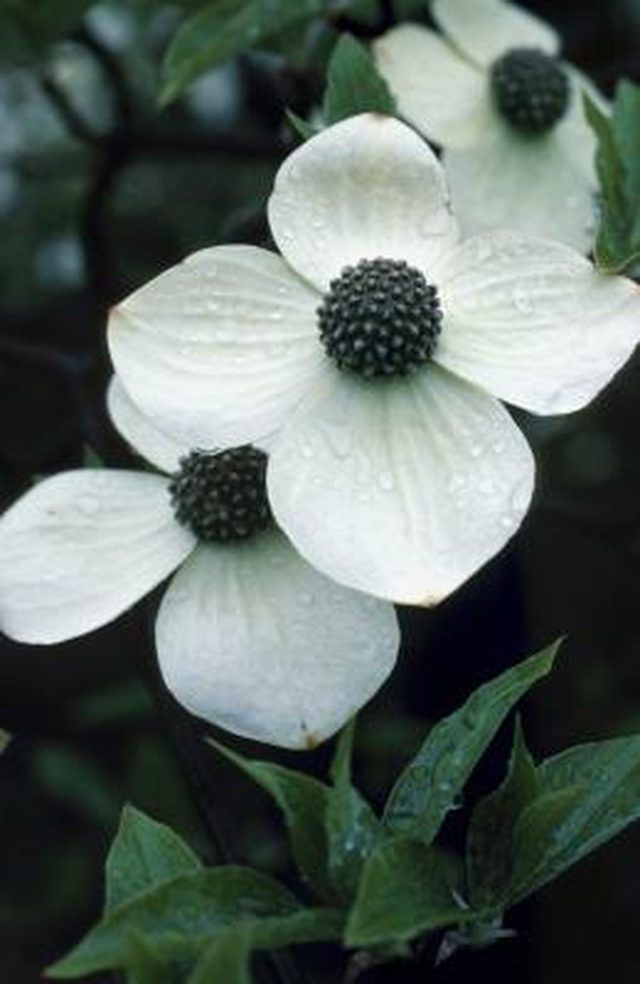Bulbs
Flower Basics
Flower Beds & Specialty Gardens
Flower Garden
Garden Furniture
Garden Gnomes
Garden Seeds
Garden Sheds
Garden Statues
Garden Tools & Supplies
Gardening Basics
Green & Organic
Groundcovers & Vines
Growing Annuals
Growing Basil
Growing Beans
Growing Berries
Growing Blueberries
Growing Cactus
Growing Corn
Growing Cotton
Growing Edibles
Growing Flowers
Growing Garlic
Growing Grapes
Growing Grass
Growing Herbs
Growing Jasmine
Growing Mint
Growing Mushrooms
Orchids
Growing Peanuts
Growing Perennials
Growing Plants
Growing Rosemary
Growing Roses
Growing Strawberries
Growing Sunflowers
Growing Thyme
Growing Tomatoes
Growing Tulips
Growing Vegetables
Herb Basics
Herb Garden
Indoor Growing
Landscaping Basics
Landscaping Patios
Landscaping Plants
Landscaping Shrubs
Landscaping Trees
Landscaping Walks & Pathways
Lawn Basics
Lawn Maintenance
Lawn Mowers
Lawn Ornaments
Lawn Planting
Lawn Tools
Outdoor Growing
Overall Landscape Planning
Pests, Weeds & Problems
Plant Basics
Rock Garden
Rose Garden
Shrubs
Soil
Specialty Gardens
Trees
Vegetable Garden
Yard Maintenance
How to Tell the Difference Between a Dogwood & a Bradford Pear
How to Tell the Difference Between a Dogwood & a Bradford Pear. Dogwood and Bradford pear trees share a lot of common traits. Their shared characteristics can make telling one from the other challenging. In spite of their similarities, Dogwoods and Bradford Pears are different species. The Bradford pear, or Pyrus calleryiana, is a cultivated...

Dogwood and Bradford pear trees share a lot of common traits. Their shared characteristics can make telling one from the other challenging. In spite of their similarities, Dogwoods and Bradford Pears are different species. The Bradford pear, or Pyrus calleryiana, is a cultivated variety of the callery pear, while the dogwood tree, or Cornus florida, belongs to the Cornaceae family. Both trees feature stunning white blooms and spectacular red fall foliage, but if you know what to look for, you can tell the difference between the two.
Analyze the leaves. If they are smooth and shiny on both sides, they belong to a Bradford pear. If the leaves have slightly fuzzy surfaces and hairy undersides, they belong to a dogwood.
Observe the flower color. Although both dogwoods and Bradford pears can have white blossoms, some dogwood blooms feature pink petals.
Take a look at the fruit. If your tree produces fruit that is light pink when mature, it's a Bradford pear. Dogwoods yield a bright red fruit.
Test the wood strength. Bradford pears possess weak wood that cracks and splits easily, while dogwood wood is sturdy and close-grained.